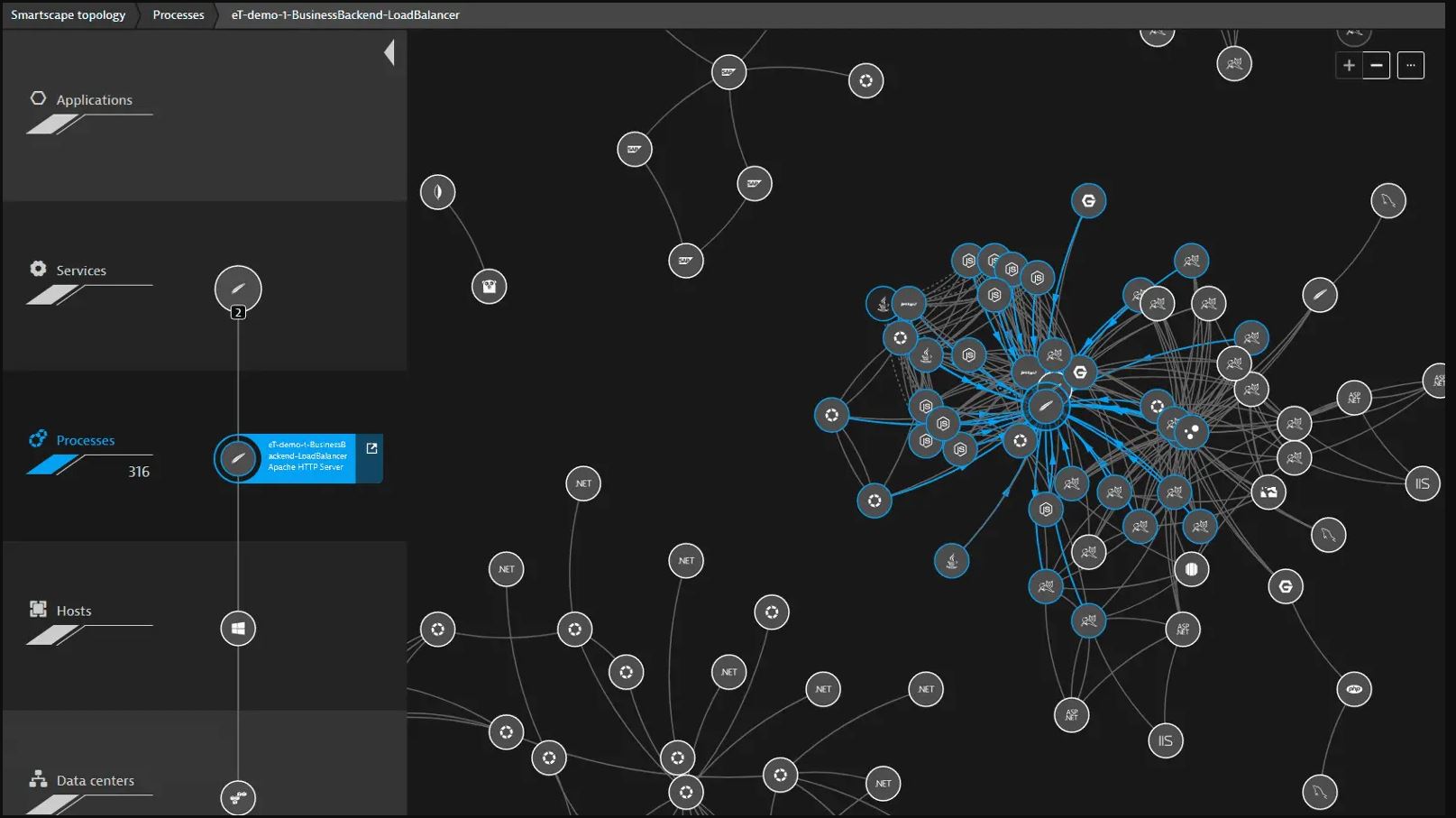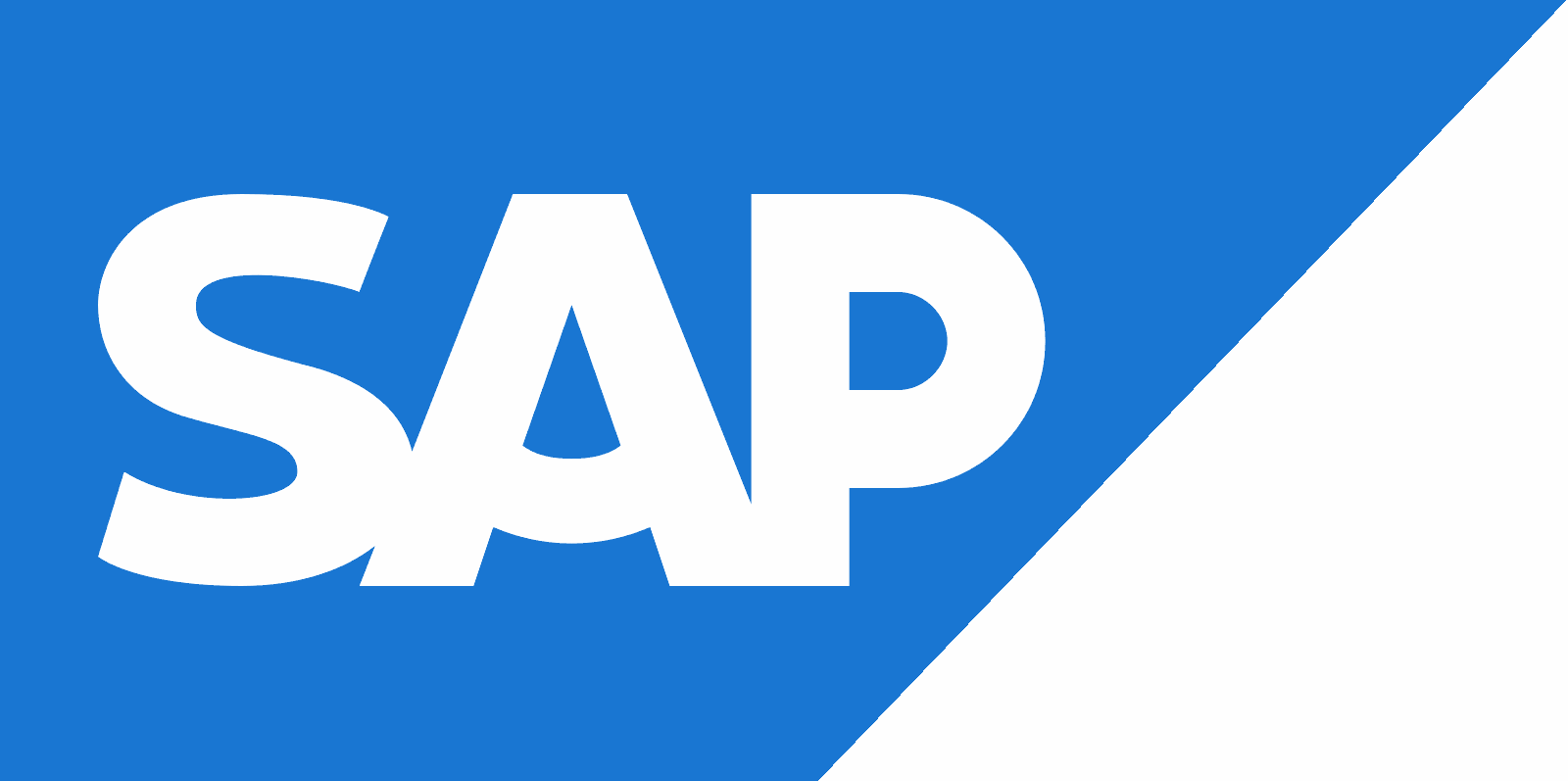Dynatrace’s PurePath Distributed Tracing Supports Serverless, Service Mesh Architectures
Dynatrace’s PurePath distributed tracing and code-level analysis technology now supports serverless and service mesh architectures. IDN looks at PurePath 4 technology and benefits.
Dynatrace is adding coverage for serverless and service mesh architectures with the latest updates to its PurePath distributed tracing technology.
PurePath 4 now automatically supports OpenTelemetry and W3C Trace Context. It also adds deeper AI support to map trading data to problem detection and resolution.
PurePath 4 is the fourth generation of the company's distributed tracing and code-level analysis technology. It captures and analyzes end-to-end transactions across multi-cloud environments and at near-zero overhead.
With the latest updates, Dynatrace has brought PurePath 4 together two other key capabilities -- OneAgent, its auto-discovery and continuous instrumentation technology, and Smartscape, its continuous topology mapping technology, according to Steve Tack, senior vice president of product management at Dynatrace.
This deeper combination also enables the Dynatrace AI-engine, Davis, to deliver more precise answers with code-level detail. It can also respond in the most advanced cloud environments, Tack added.
As a result, he said digital teams can more quickly gain value and speed through a wide range of benefits, including:
- Automatically reduce bottlenecks across increasingly dynamic and complex environments,
- Dramatically decrease alert noise and wasted time chasing false positives,
- Being able to rely on and readily access a single source of truth across network, infrastructure, application, and user experience layers and
- Easier collaboration across digital teams.
"We pioneered distributed tracing with the introduction of PurePath in 2006, and we've advanced this technology with each shift in application development and cloud computing, now to the latest cloud-native apps and architectures," Tack said in a statement.
Dynatrace’s website explains how PurePath technologies work under the covers to provide deep level tracing and analytics.
PurePaths are code-level traces that span an end-to-end transaction. Whenever a user initiates an interaction with an application (either real or synthetic activity), Dynatrace gives the transaction a unique ID. As the transaction launches requests, this ID "travels" with the requests on thread-local storage from tier to tier— so we know that all other methods on that thread belong to the same transaction. Ultra-lightweight code components capture relevant metrics which are then sorted and assembled into PurePaths.
Tack also acknowledged the value of Dynatrace's long-standing commitment to open standards as another way to provide enhanced visibility for diverse environments.
"As a key contributor to OpenTelemetry and founding member and co-chair of the W3C Distributed Tracing Working Group, we are big supporters of the open standards movement around the traceability of modern environments. These open standards extend the reach of our observability, and as the only observability platform that automatically integrates high-fidelity, best-in-class distributed tracing with log monitoring and advanced AIOps capabilities, we see a great opportunity to bring extended value to our many multi-cloud customers," he added.
Thomas Rothschaedl, a technical product manager at Dynatrace, spelled out the value of end-to-end data in a recent blog.
"Capturing transactions end-to-end and providing observability data automatically enables collaboration across development, operations, and applications teams with unique analytics," he wrote in part.
Rothschaedl’s post further explained how Dynatrace is making visibility easier and more accurate for today's heterogeneous enterprise architectures.
New cloud-native technologies make observability more important than ever, and introduce new challenges for teams working in heterogeneous and web-scale environments.
Technical complexity has shifted from the actual code to the interdependencies between services. Environments are highly dynamic, with ephemeral elements like containers or FaaS.
Every tap in a mobile app triggers requests that, potentially, travel through a myriad of microservices, routed from one service to the next by service meshes, calling several serverless functions.
In addition, the teams building and running applications are working with different technologies in parallel. In the end, however, all these technologies must work together. If there's an issue with just one of the services, user experience will suffer.
To quickly deploy new high-quality releases that deliver outstanding customer experiences and achieve your intended business outcomes, observability across all these technologies with distributed tracing is key.
To achieve observability and apply distributed tracing, IT teams leverage varying methods for the different parts of their application stack. Methods include the observability capabilities of the platforms their applications run on; monitoring tools, OpenTelemetry, OpenTracing, OpenMonitor, OpenCensus, Jaeger, Zipkin, Log, CloudWatch, and more.
However, in a world where everything is connected, it's insufficient for individual teams to only have insights into their pieces of an application. Especially in heterogeneous and multi-cloud environments, all components need to be assembled, with individual contributions working in context with one another.
Even then, with the size and diversity of web-scale environments, DIY solutions and manual approaches to understanding cause-and-effect chains (and deriving the right conclusions for improving applications or resolving issues) are getting more complex. An effective solution to this problem must be able to handle scale, depth, breadth, and heterogeneity across the software lifecycle. This is where Dynatrace comes into play.
Rothschaedl also commented on how PurePath 4 will leverage valuable enhancements to its AI-engine Davis.
"Dynatrace Davis, the only open, deterministic AI engine provides full automatic root-cause analysis and enables automation for digital enterprises," he said, "With [the] latest enhancements to PurePath, Dynatrace Davis now also uses OpenTelemetry data and data gathered from the newly supported cloud-native technologies for its continuous analysis. The precise AI-powered answers that Davis provides enable teams to resolve issues before customers are impacted and, ultimately, automate the remediation of problems."
One early adopter of PurePath 4 noted the value of the updates.
"One of the reasons we chose Dynatrace for observability of our cloud platforms was its best-in-class distributed tracing technology," said Robert Trueman, Head of Software Engineering at CDL.
"Enhancing PurePath to automatically collect OpenTelemetry data and extending it to the latest cloud-native architectures allows us to connect our most advanced cloud technologies with the rest of our cloud platform, ensuring we maintain precise, end-to-end observability and understanding across our ever-advancing cloud environment. This precision across such a wide breadth helps us to manage our application performance efficiently, improve cross-team collaboration with the business, and optimize user experience proactively."
These latest extensions in Dynatrace PurePath 4will be available to all Dynatrace customers by February 2021, the company said.








